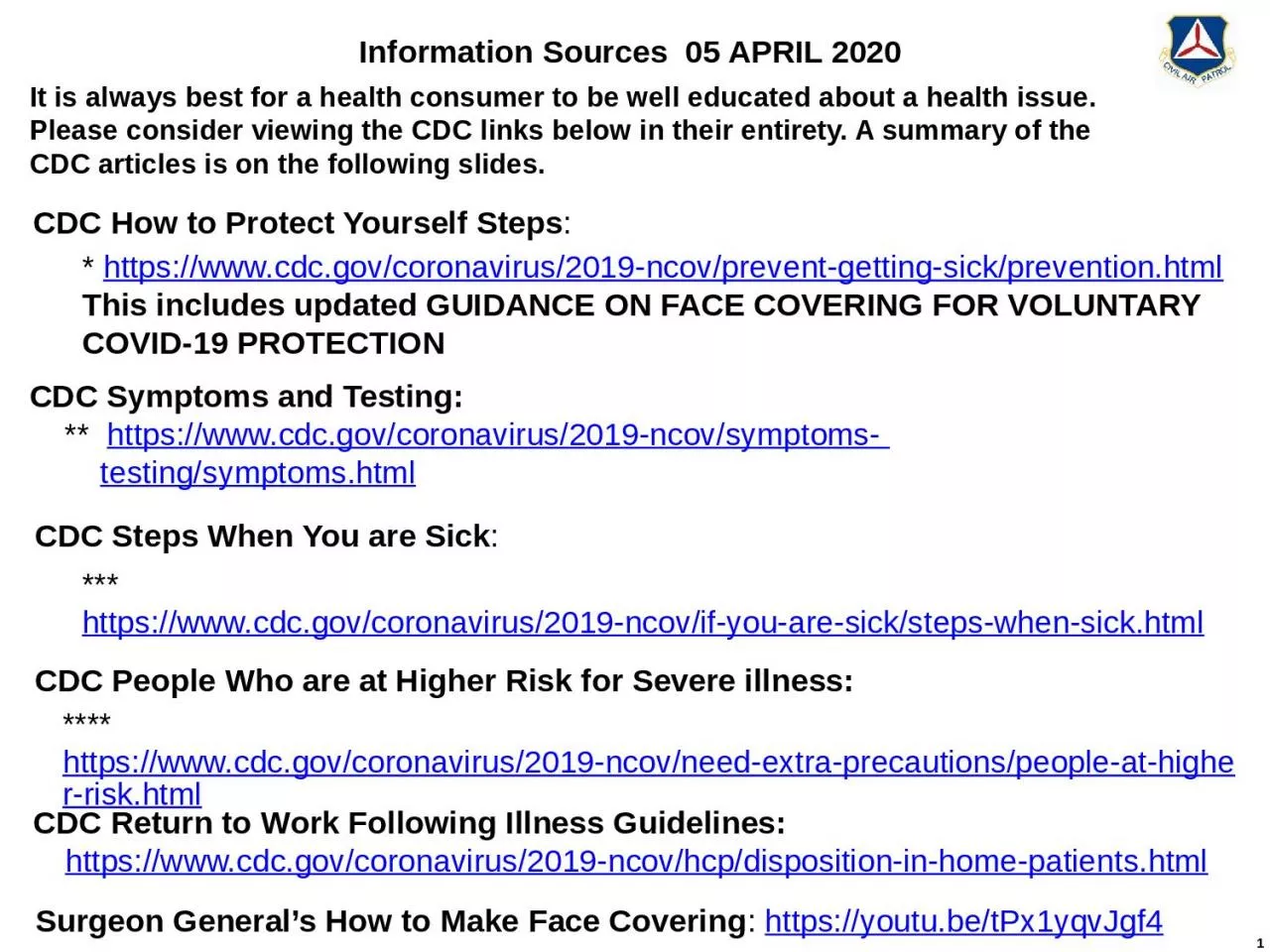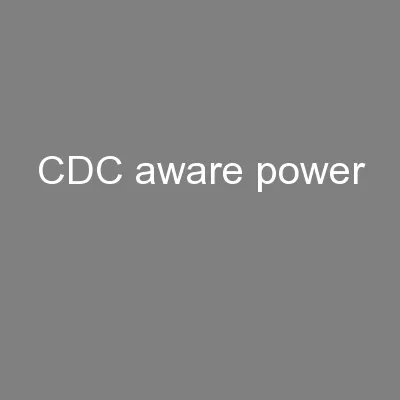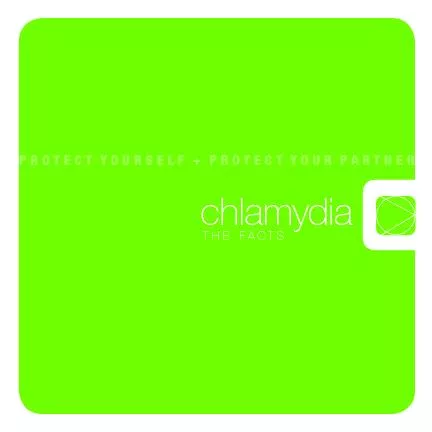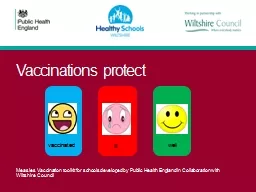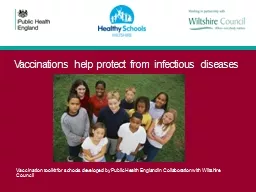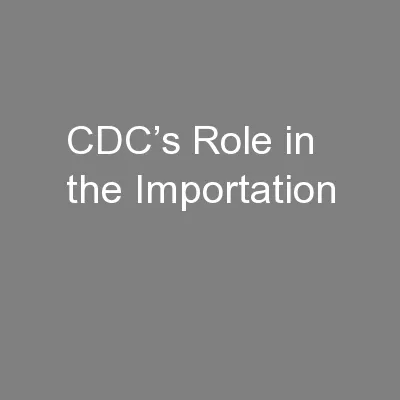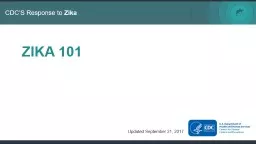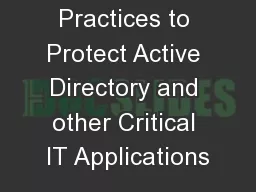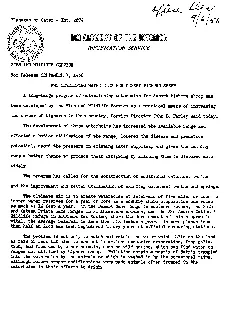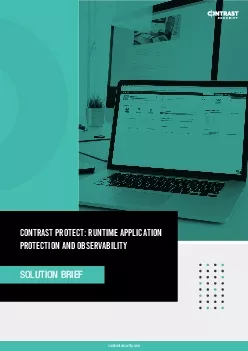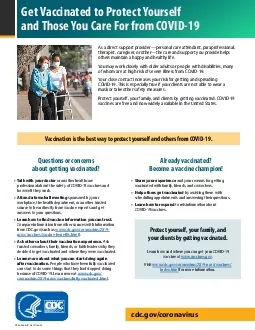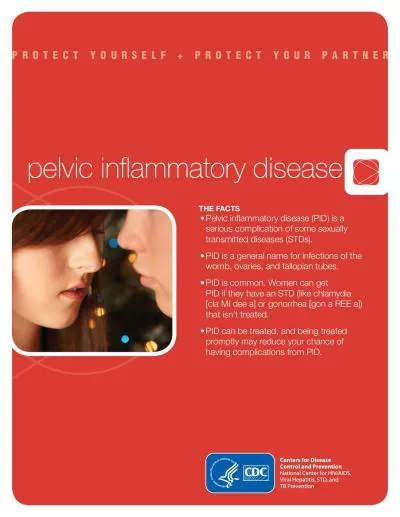PPT-CDC How to Protect Yourself Steps
Author : kylie | Published Date : 2024-02-09
httpswwwcdcgovcoronavirus2019ncovpreventgettingsickpreventionhtml This includes updated GUIDANCE ON FACE COVERING FOR VOLUNTARY COVID19 PROTECTION Information
Presentation Embed Code
Download Presentation
Download Presentation The PPT/PDF document "CDC How to Protect Yourself Steps" is the property of its rightful owner. Permission is granted to download and print the materials on this website for personal, non-commercial use only, and to display it on your personal computer provided you do not modify the materials and that you retain all copyright notices contained in the materials. By downloading content from our website, you accept the terms of this agreement.
CDC How to Protect Yourself Steps: Transcript
Download Rules Of Document
"CDC How to Protect Yourself Steps"The content belongs to its owner. You may download and print it for personal use, without modification, and keep all copyright notices. By downloading, you agree to these terms.
Related Documents

